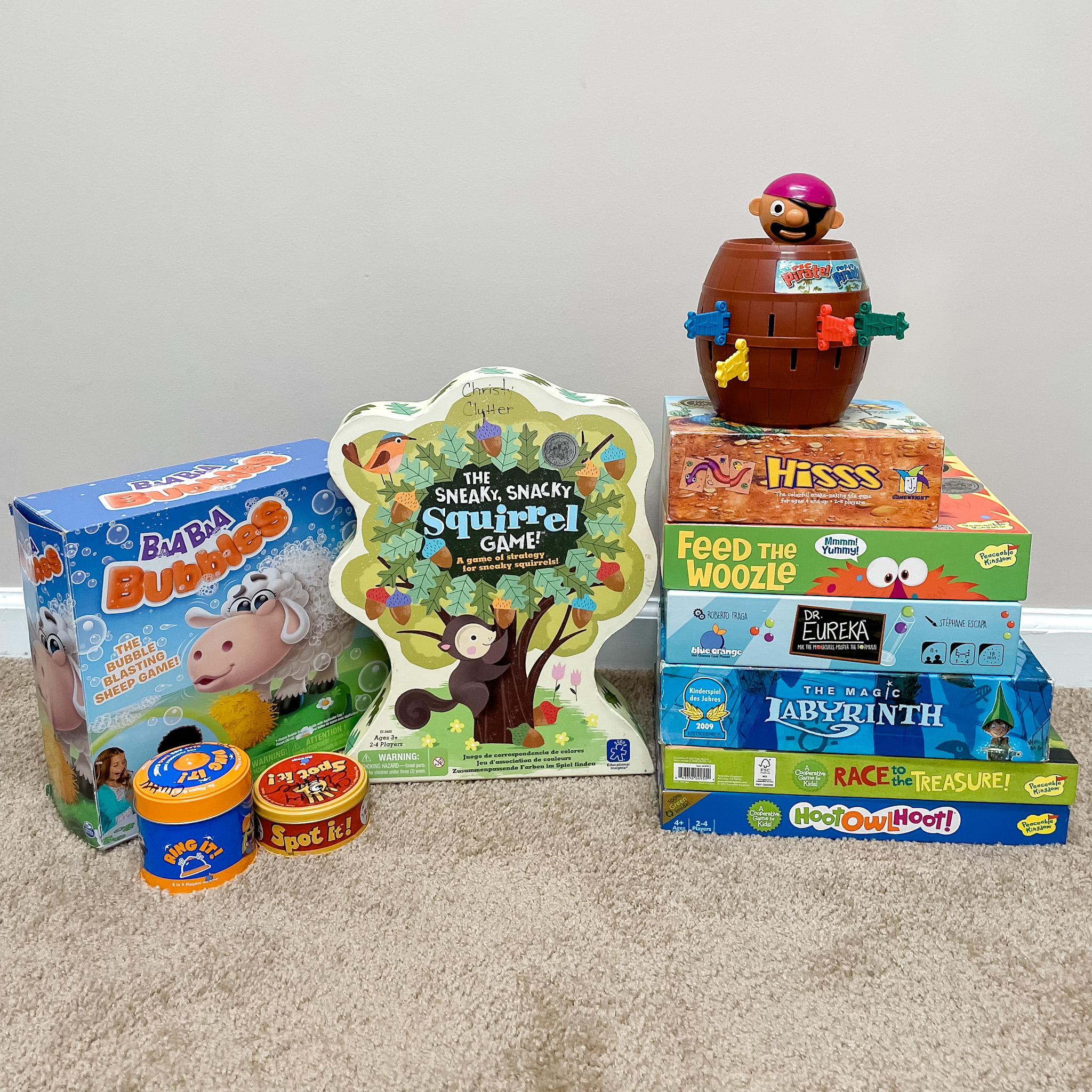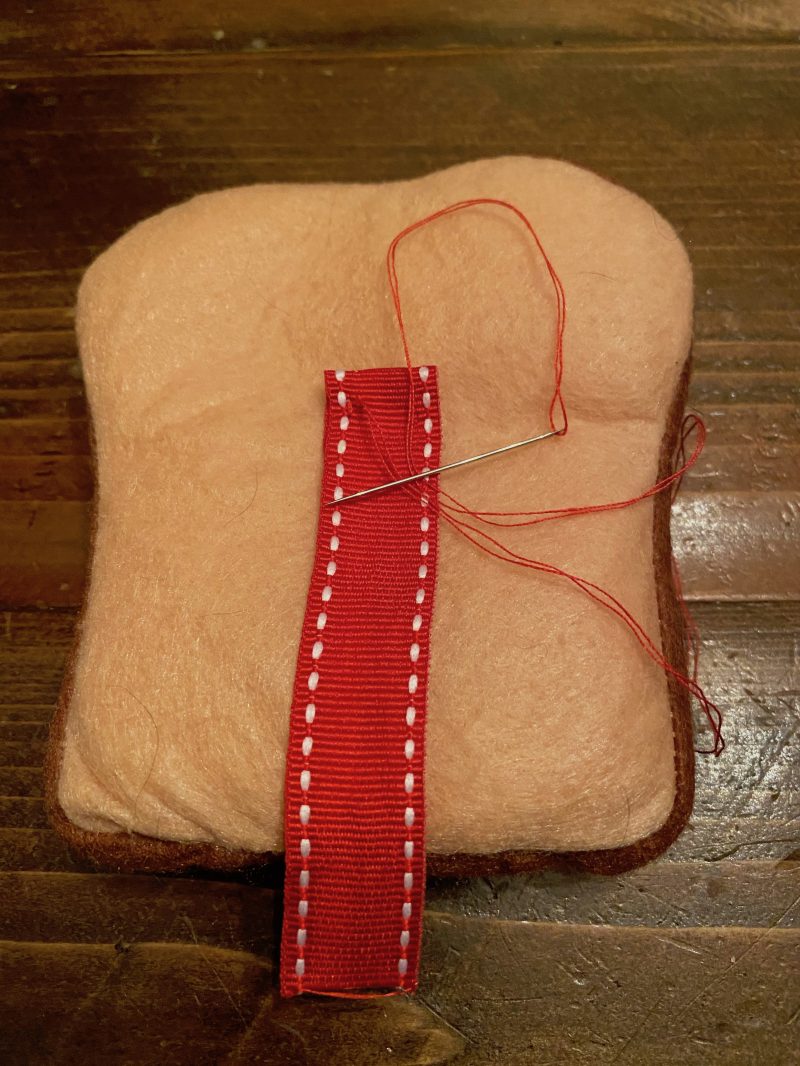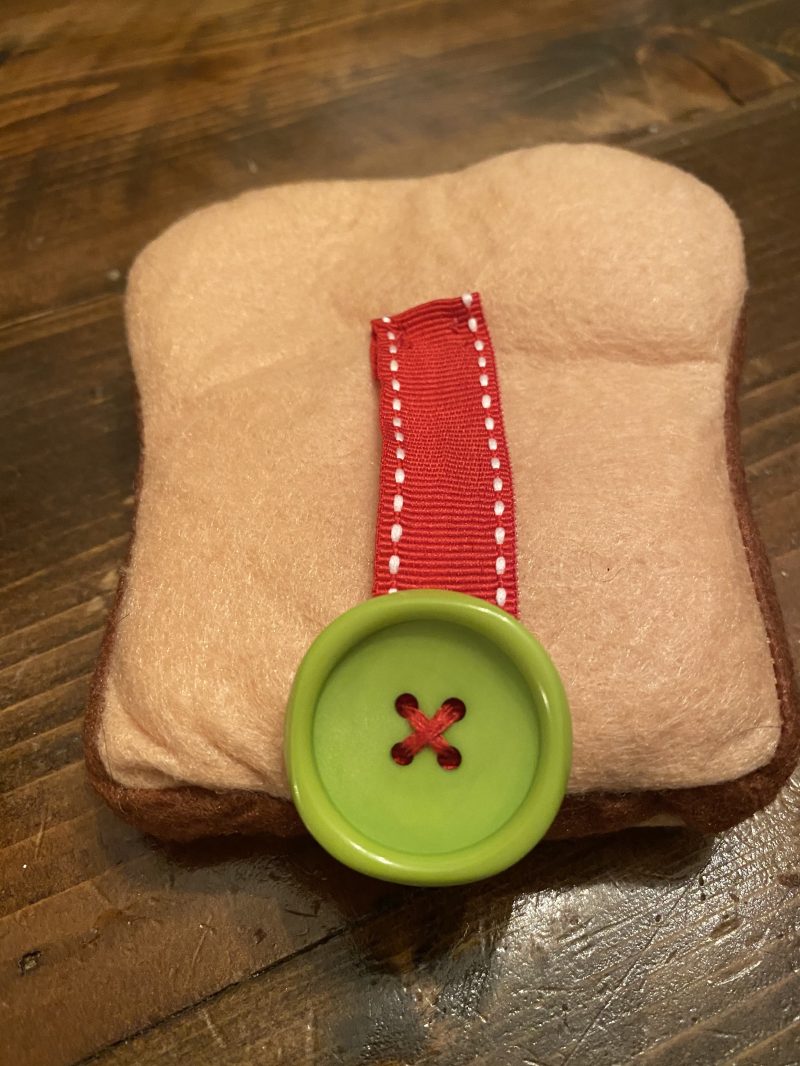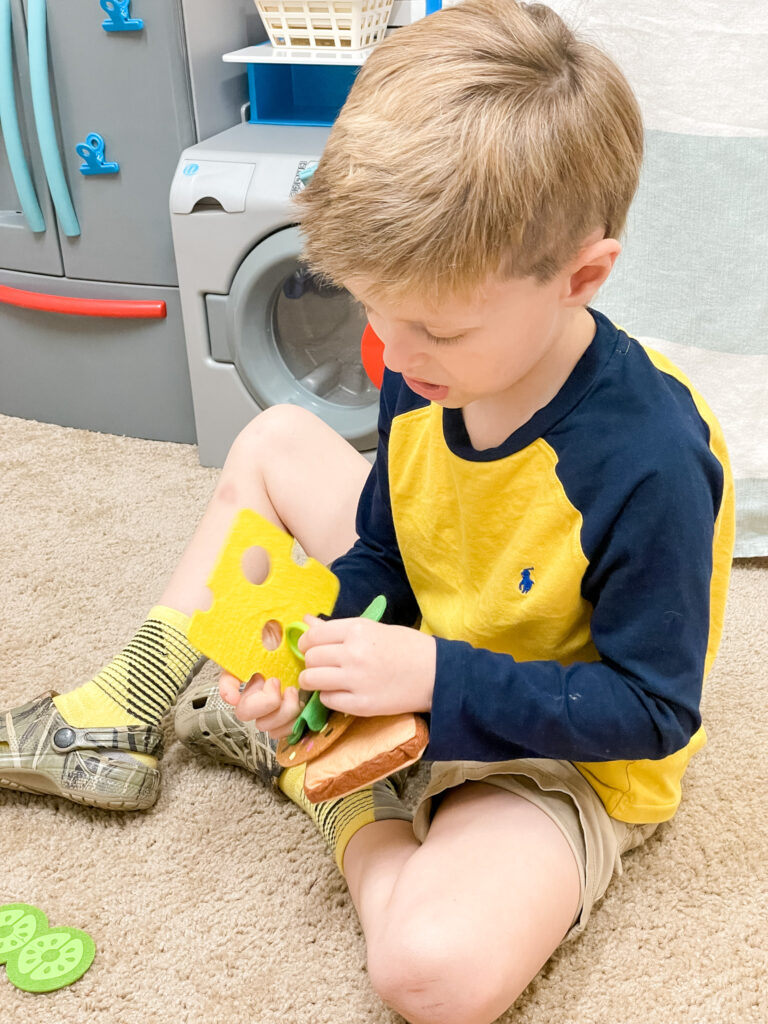
Need holiday gift ideas for your kids? Want to find games that are fun AND build skills? Read our recommendations below!
As a parent, I know how busy the holiday season can be. Between family, work, and school activities, it’s hard to find time to shop. I also understand how challenging it can be to balance both fun AND function when it comes to buying toys for the kids. As an occupational therapy practitioner, I work with children everyday and engage their skill development through play. After all, play is the main “occupation” of children. So, to help make your shopping a little easier, we have compiled a list of some of our favorite fun, skill-building games for a variety of ages. Happy Holidays!
(Please note: This blog post contains affiliate links. Grow receives a percentage of the proceeds when you purchase items using these links.)




